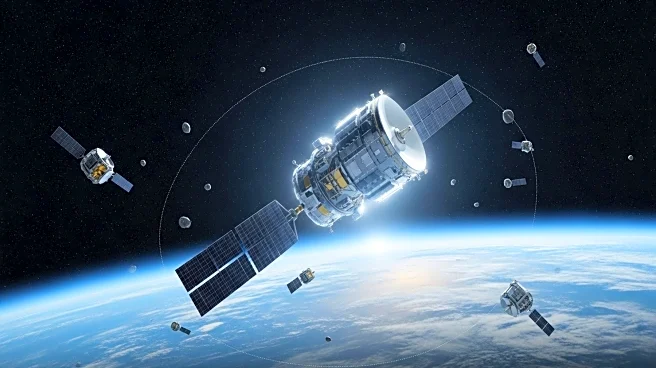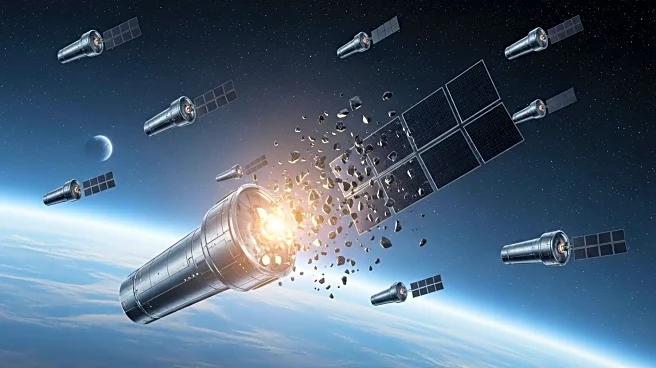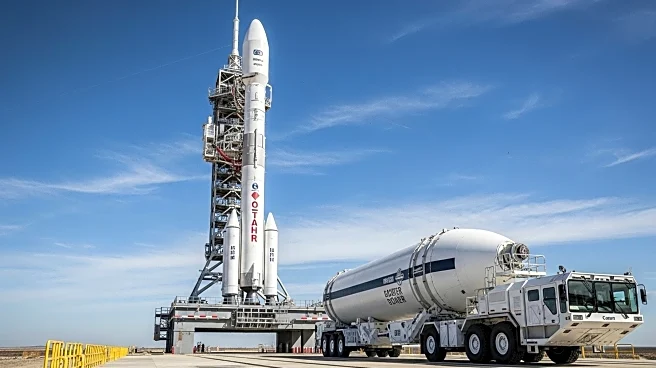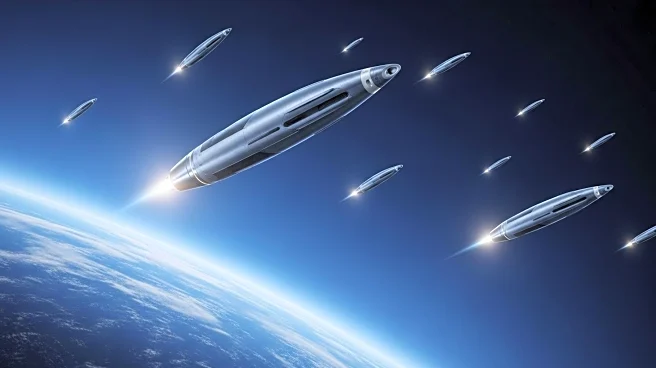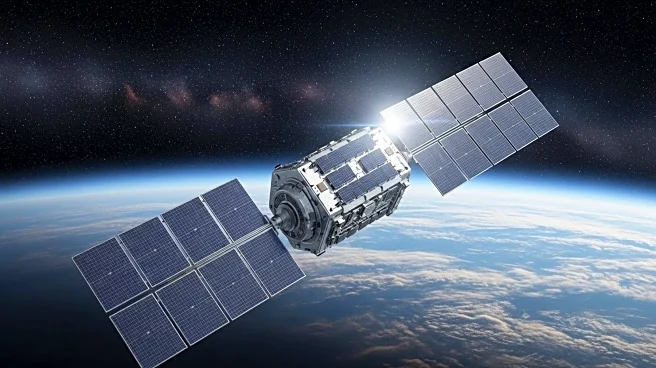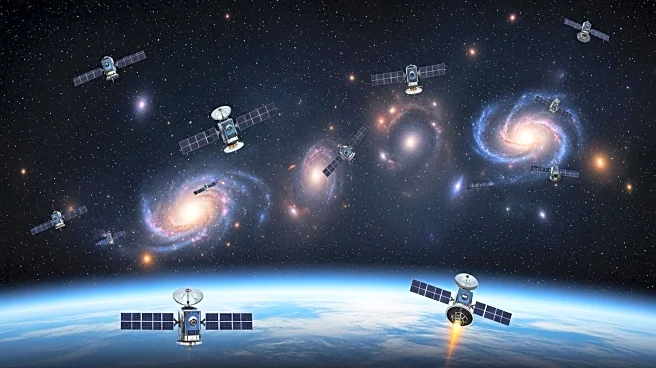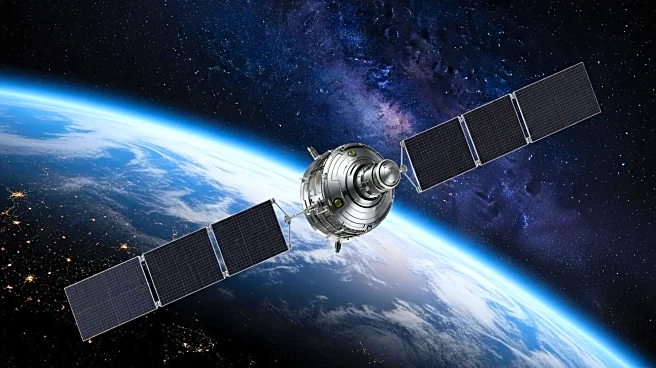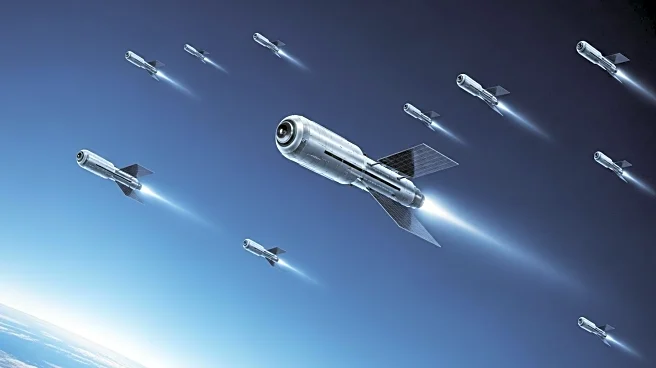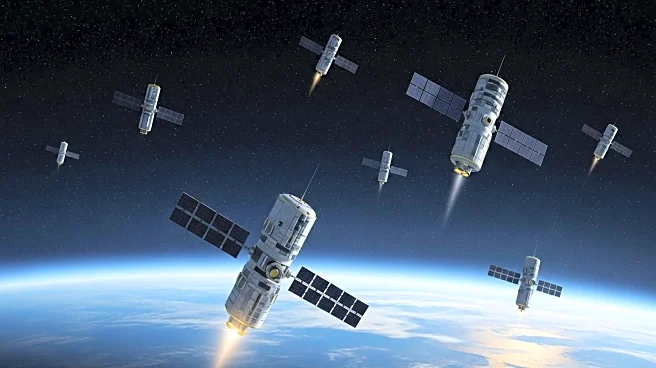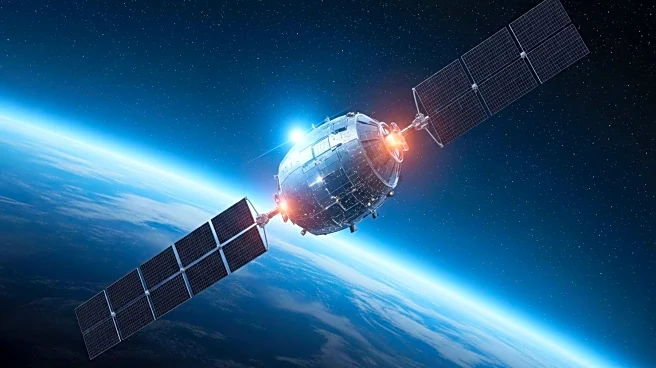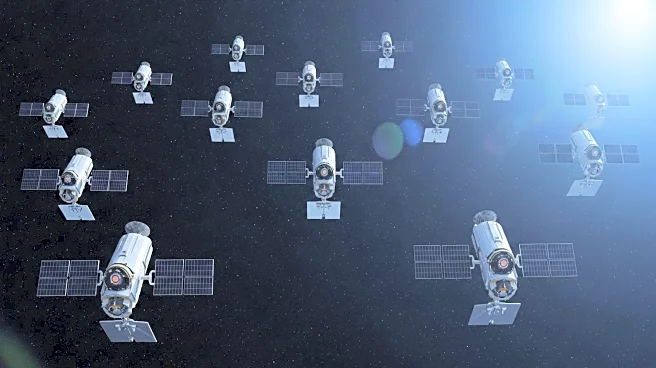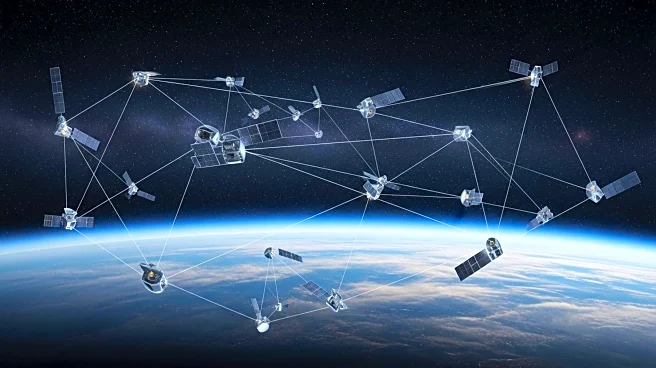What is the story about?
What's Happening?
SpaceX and Amazon are significantly increasing the number of satellites in orbit, leading to a rise in space debris. SpaceX's Starlink project alone has launched thousands of satellites, with plans to continue expanding. Amazon is also entering the satellite race, aiming to deploy over 3,200 satellites for global internet coverage. This rapid growth in satellite launches is causing congestion in Low Earth Orbit, raising concerns about environmental impacts and potential risks to human safety. Astrophysicist Jonathan McDowell notes that one or two Starlink satellites fall back to Earth daily, a number expected to increase. The Federal Aviation Administration (FAA) warns that by 2035, around 28,000 fragments from Starlink satellites could survive re-entry each year, posing a threat to individuals on the ground.
Why It's Important?
The expansion of satellite constellations by companies like SpaceX and Amazon has significant implications for environmental sustainability and human safety. The increase in space debris heightens the risk of collisions, potentially leading to the Kessler syndrome, where a cascade of debris renders Low Earth Orbit impassable. This scenario could severely impact satellite operations and global communications. Additionally, the burning of satellites upon re-entry releases metals into the stratosphere, raising concerns about atmospheric pollution and potential damage to the ozone layer. The FAA's report highlights the growing risk of space debris striking individuals on Earth, emphasizing the need for effective management strategies to mitigate these dangers.
What's Next?
Industry stakeholders, policymakers, and scientists must collaborate to address the challenges posed by space debris and ensure the sustainability of satellite operations. This involves developing new technologies for debris removal, revisiting regulatory frameworks, and promoting international cooperation. The growing complexity of satellite constellations raises important questions about balancing the benefits of satellite-based services with the need to protect the planet and its inhabitants. Comprehensive strategies are needed to prevent catastrophic outcomes in Low Earth Orbit and maintain the long-term viability of satellite technology.
Beyond the Headlines
The proliferation of satellites and the associated risks highlight the need for ethical considerations in space governance. The potential for the Kessler syndrome and atmospheric pollution underscores the importance of responsible satellite deployment and management. As the industry continues to expand, it is crucial to explore sustainable practices and international collaboration to safeguard the future of space exploration and technology.
AI Generated Content
Do you find this article useful?
